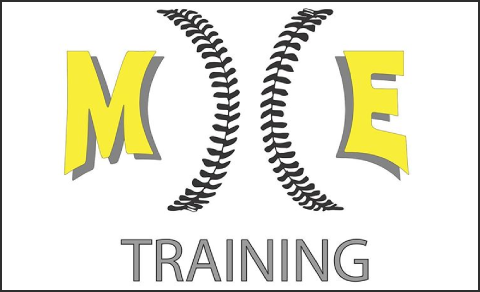Los Angeles Angels of Anaheim manager Mike Scioscia was in attendance at Ward Melville HS today to speak at the baseball symposium titled “Keeping Young Arms Throwing & Dispelling the Myths”.

Photo Credit: Ray Nelson

Other keynote speakers at the symposium was Dr. Luga Podesta–former team physican of the Los Angeles Dodgers from 1992-2006 and Los Angeles Angels. from 2010-2013, as well as Philip Schrank and Danielle DeGiorgio of St. Charles Orthopedics and Kaan Celebi of St. Charles Sports Medicine.
The event ran from 8:30 am to 1:00 pm and was attended by many legends of the Long Island baseball community such as Lou Petrucci, head coach at Ward Melville, and Sal Agostinelli, director of international scouting for the Philadelphia Phillies.
Scioscia voiced his opinions on how young pitchers can avoid injuries and shared insights from his 29 years involved in Major League Baseball.
Here are some anecdotes that I found most fascinating from the day…
- Long tossing can actually be detrimental to one’s arm if thrown with a lofting trajectory of the baseball. The spine is not meant to be under that much stress.
- If you are throwing flat ground, do not throw to a catcher in a squatting stance. A pitcher is used to throwing on a downward plane and doing otherwise will alter your release point and could ultimately cause injury.
- Children should not be throwing curveballs until they are physically mature, i.e. able to shave. Doing so prior to puberty can cause cracks in the growth plate of the elbow or shoulder, which is made up of cartilage and is easily susceptible to serious injuries.
- Every one day of pain equals two days of rest. Dr. Schrank once made a player sit out two seasons who complained of having pain for a full year.
- Mike Scioscia encourages pitchers to throw every day, but a) they are fully-grown men who can handle the rigors and b) it is for “touch-and-feel” purposes, meaning they are just working on command at a minimal speed.
- Once you throw the ball over 80 MPH, your arm is at much higher risk of injury.
- “You warm up to throw, not throw to warm up”. A pitcher should job, do jumping jumps or anything else that can break a sweat prior to actually throwing a baseball.
- Do not do any sort of band work prior to pitching–it is equivalent of lifting dumbells. If you must do band work, do it after pitching.
- Icing the arm after pitching does promote anti-inflammatory healing, but is not as important as was once believed.
- Children should take off 4 months from pitching per year.
- Elite colleges prefer a two or three sport athlete. They are believed to be more competitive, well-rounded and equipped to handle failure.
- If you must lift heavy weights, only do so in addition to a flexibility program.
- 6 percent of high school athletes play college baseball and 8 percent of college players get drafted to professional baseball.
- A pitcher will only be cleared to throw if he has a) full range of motion in his pitching arm and b) no pain
- 95 percent of Fortune 500 executives played high school athletics.
- At the point of acceleration during a pitching delivery, the arm is traveling at 7,000 feet per second. No wonder injuries are so common.
- Tommy John Surgeries are more common in warm climate states because pitchers throw year-round.
- A pitcher under the age of 14 should never have Tommy John Surgery.
- Scioscia stated that he’s never seen a pitching rotation as talented as the Mets and he’s never seen a pitcher as inexperienced as Marcus Stroman makes adjustments so quickly.
- He’s lucky to have Nick Tropeano on his team.






